
These are the Basic Math Learning Wrap-ups.
Like a set of keys on a key-chain, these sturdy plastic materials open up a world of knowledge for your children. Each set contains 10 "keys" held together by a durable plastic peg which has a string attached. This string is used to "wrap up" the answers. A child is to take the number on the left and complete the problem using the number and operation in the middle to find the answer on the right. The kit comes with Addition, Subtraction, Multiplication, Division, and Fractions Wrap-ups.
The other Wrap-ups are very similar.
These are the Vocabulary Wrap-ups
The only difference between these and the math Wrap-ups is you are matching words and don't need an operation in the middle. This kit includes Synonyms, Homonyms, Compound Words, and Antonyms.
We also received the two workbooks that are used with the Wrap-ups to help work toward mastery of addition and multiplication.
For this review period we only used the addition workbook as I do not think Tabitha is quite ready for multiplication yet. The multiplication book follows the same format. Each step has several different activities. The children are taught the addition facts through the commutative approach. They work out the problems with the commutative partners.
Then they are to write the answers to the problems as fast as they can. After completing the first column they are to spend 3 minutes trying to improve the time it takes them to complete just the one Wrap-up. They are to mark every time they complete the Wrap-up. After the 3 minutes are over, the remaining 2 columns of problems are timed. The end of each Step also has Story Problems, Fun Pages and the occasional Challenge and Review.
Tabitha was working toward the goal of completing this +1 Wrap-up in 30 seconds. After the 3 minutes and 6 tries she actually reached that goal!
Both Tabitha and Amelia have enjoyed having the Wrap-ups in their hands-on manipulative learning workboxes. They have alternated between using Vocabulary and Math. I love the addition of the workbooks. They help give some direction to the learning process, something to work toward.
The Level 2 Reading Set has the following card packs:
Grammar, Vocabulary, Word Usage, Capitalization, and Reading Comprehension
The cover is easily removed and it makes a great tray to keep the discs in while working on the cards.
The child needs to look at the different disc colors and find the solutions that match the color and type of disc (with or without a hole). In the card below the child needs to decide whether the noun needs to be capitalized.
I have found there are different ways of answering the problems depending on how the card is arranged. Sometimes, like the card above, it is easy to answer the question and find the matching disc. For example, "new york" does need to be capitalized so the answer is Yes, which means you find the answer, see which disc is associated with the answer and then find the matching disc to place in the hole.
Other times it may be a bit more complex and a different strategy is needed. I would look at the outside of the card, add up the money, then find the matching price tag to discover the color disc that is needed.
Still other times, I might suggest choosing a disc, matching the color,
and finding the answer.
Like the Learning Wrap-ups, the Palette is self-correcting. When the child has all the discs in the palette, they flip the card over and check to see if the colors match.
The girls also love being able to use these during their workbox time. I love that they are able to work on these independently. I just ask that they show me their answers before moving on to another card.
As neither the bases nor the cards fit in our cereal-box workboxes I just put a slip of paper in, telling them what to do.
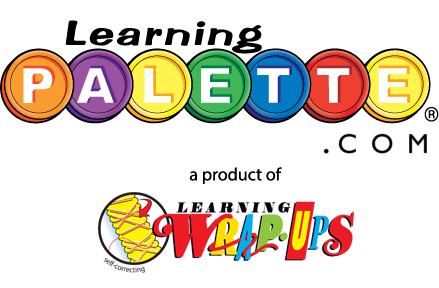
You would start out by choosing math or reading and then, as you can see, it is just a matter of choosing your level, your subject and the actual card. From this screen you can also check the progress reports.
The instructions are found at the right, along with which card the student is doing. This is definitely a benefit over the physical cards because the writing for the instructions is so tiny it is hard for the children to know for sure what they are supposed to do. However, speaking of being too small, if the child is having trouble seeing any of the questions or answers online, he/she can click the little magnifying glass and it will magnify a portion of the card. We were a little disappointed that it didn't magnify the entire screen and there doesn't appear to be a way to do so.
Unlike the physical cards, the online palette will check the student's answers and show you whether it is right or wrong. However, I prefer the children just finish the card, as I felt it was almost like cheating to check the answers.
When all the discs are filled in, the computer will ask if you are done. When you click "yes" it flips the card and shows you which questions were correct and which answers are wrong, plus the time it took to be completed and how many answers are right.
In addition to our concern over the magnification, Tabitha did have some frustration over the online disc not going into its slot unless it was in the exact spot. For this reason she said she preferred the physical Palette. Amelia didn't really have a preference.
There are so many learning opportunities with Learning Wrap-ups. I love the way the children can interact with these products and that they are self-correcting. The Wrap-ups are great for working on mastery and I feel the book is a wonderful addition. The children feel such a sense of accomplishment when they improve their time or complete a Palette card 100% correctly. They can redo the activities again until they get them right. The online program can be a great way to use these as you have access to all the levels, though I do prefer the physical product. The pros definitely outweigh the few concerns we have.
You can check out the demo of LearningPalette.com by clicking on the Free Demo link on the website. There is also an animated demo for using the physical Palette.
Don't forget to check out the reviews of my fellow Crew Mates. Just click on the banner below!






















































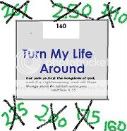
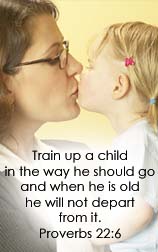



![[PREMIO2009.png]](https://blogger.googleusercontent.com/img/b/R29vZ2xl/AVvXsEjXD_Gx-wZ9EM5hXKrEYLksEBkYfRQtmb8VDVTDG_yyLggQoFIstZsh4zszdG20KqErZicRzEhiNYLty7j3IMXJYsABqkXjr8pp-ncj71xCbpxlXGbGpZq2fTuDQqq1RMKV4DPcDBnBViA/s1600/PREMIO2009.png)
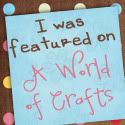
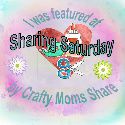


I love the Learning Palette! What a great way for children to actually "see" the fraction concept. I remember learning to understand fractions with a picture of a pie. but I like the Learning Palette better.
ReplyDelete